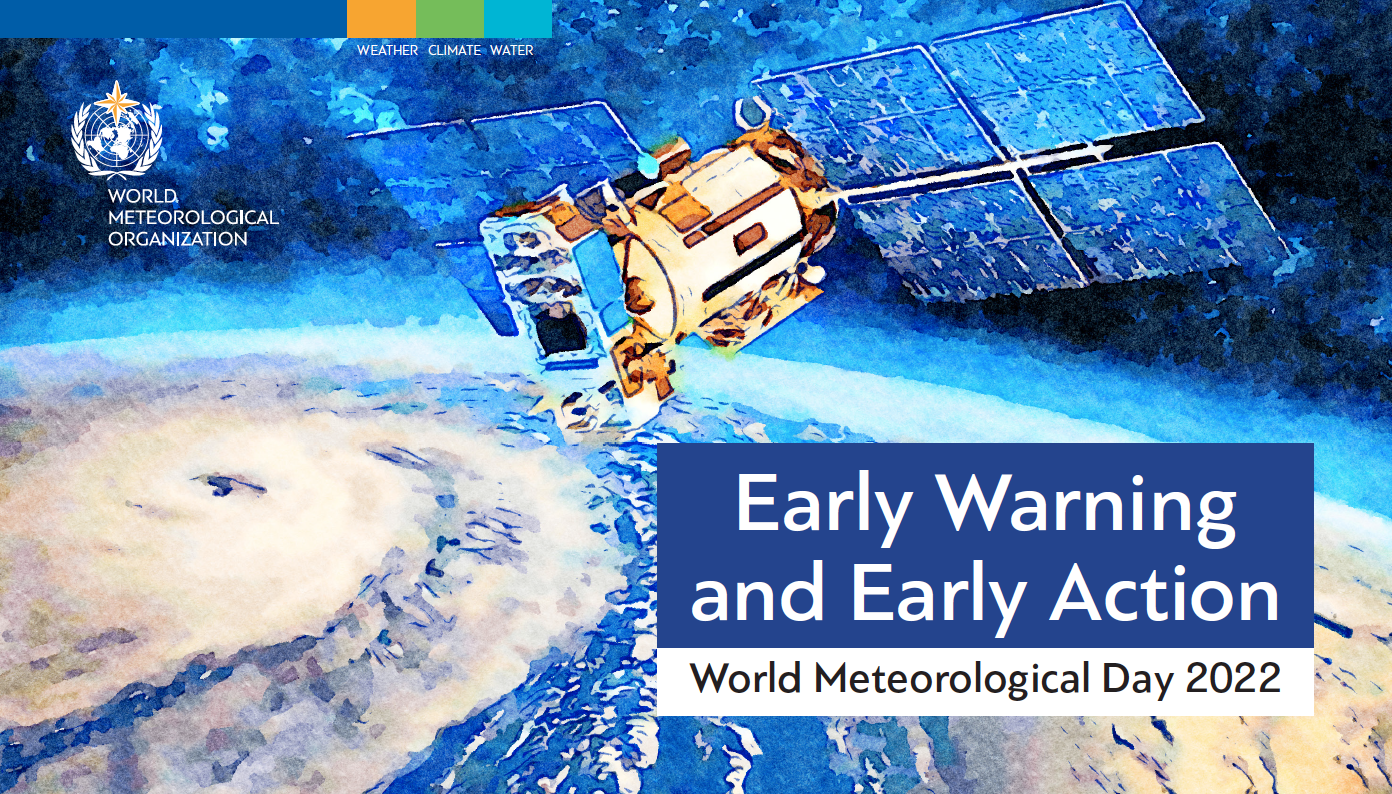Early Warning and Early Action

Hydro-meteorological and climate information on disaster risk reduction
Weather, climate and water extremes have hit with increasing frequency and magnitude in many parts of the world as a result of climate change. More than ever we are exposed to multiple climate-related hazards developing as a result of population growth, urbanization and environmental degradation.
The forecasts of what the weather will be like are not enough any longer. Today, the emphasis of the forecast is on impact-based forecast and early informing the public of what the weather will do, which is of vital importance to save lives and livelihoods. Yet one in three people are still not adequately covered by early warning systems.
Greater coordination between national meteorological and hydrological services, disaster management authorities and development agencies is fundamental to better prevention, preparedness and response.
COVID-19 has complicated the challenges facing society and weakened coping mechanisms. The pandemic has also highlighted that, in our inter-connected world, we need to embrace a truly coordinated multi-hazard, cross-border approach to make progress towards global goals on climate action, disaster risk reduction and sustainable development.
Being prepared and able to act at the right time, in the right place, can save many lives and protect the livelihoods of communities everywhere, both now and in the future.
That is why the World Meteorological Day 23 March 2022 therefore has the theme “Early Warning and Early Action”, and spotlights the vital importance of Hydro-meteorological and Climate Information for Disaster Risk Reduction.
